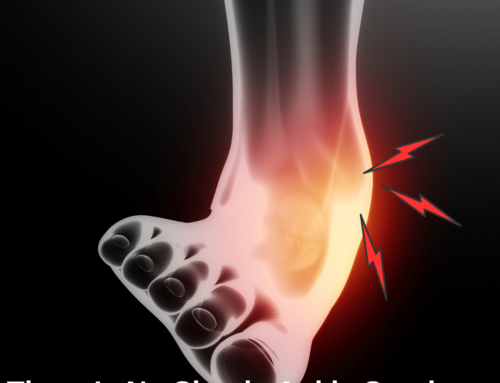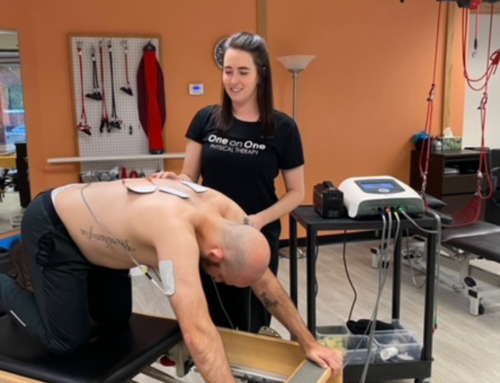The Diaphragm and The Pelvic Floor: A Dynamic Duo
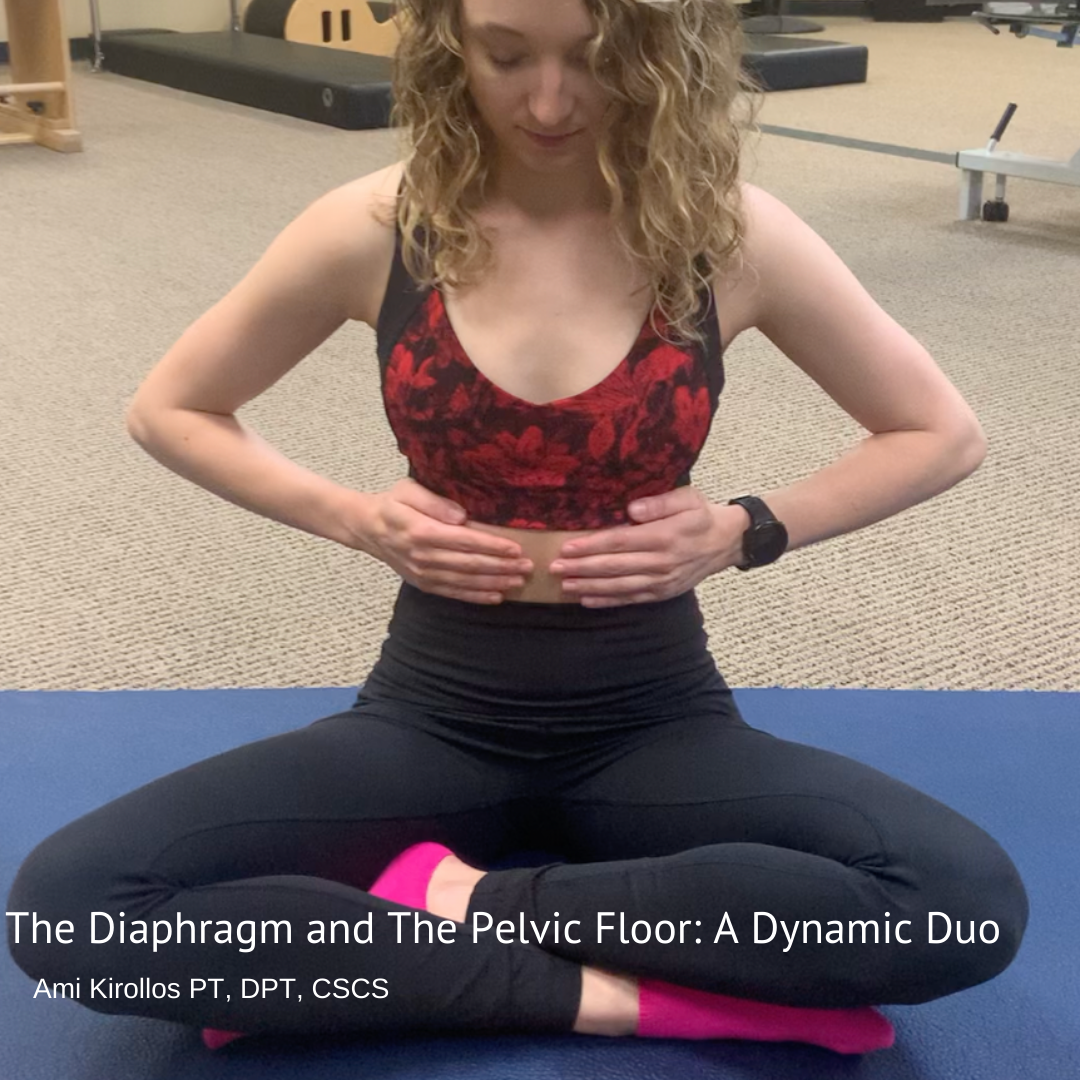
Everyone’s got one… a pelvic floor.
What is the pelvic floor?
The pelvic floor is a group of muscles and ligaments that sit inside the pelvis that we often forget to talk about. However, the pelvic floor is an integral part of our “anticipatory core.” The anticipatory core is made of the deep abdominals, deep muscles of the spine, and the pelvic floor. It allows our body to prepare for motion and creates stability within our trunk… Without these subconscious, pre-planned contractions of these muscles, we would not be able to squat, bend, lift and do all the many activities and athletic endeavors that life calls for.
And guess what?
This system works hand in hand with our most favorite muscle… the diaphragm.
If you haven’t already heard the diaphragm is a pretty important muscle read “Are you training the most important muscle you have”
For my visual learners: Here’s an excellent visual explanation of the relationship between the diaphragm and the pelvic floor by the incredible Pelvic Floor and Sport Physical therapist Julie Weibe.
https://www.youtube.com/watch?v=cW9mwfy-6-I&t=198s
The Dance:
The diaphragm and the pelvic floor work in synchrony together in a carefully coordinated dance to maintain optimal pressures within our body. When this relationship is running smoothly, the dance looks a little like this:
- Inhale:
-
- Diaphragm: Contracts and flattens pushing your organs downward and increasing pressures in your abdominal cavity and on your pelvic floor.
- Pelvic Floor: the muscles lengthen and relax to accommodate the increased pressures above. At the same time, your ribs expand to make room for the descending abdominal organs.
- Exhale:
-
- Diaphragm: Relaxes and lifts, decreasing abdominal pressure.
- Pelvic Floor: “rebounds” back toward your abdominal cavity slightly contracting the muscles to provide stability to the spine and pelvis, as well as maintain pressures in your core.
So what happens when this system gets out of whack?
When our breathing goes awry, we’re at risk of throwing this delicate balance off. As you increase the pressure in your abdominal pressure without allowing your pelvic floor to relax and accept this increased pressure, we are forcing the pelvic floor and deep core to work harder. This leads to a tight and weakened pelvic floor overall. This can lead to a few different issues that may manifest in a number of ways. Here are a few:
- Increased leakage or incontinence
- Pelvic, low back, or hip pain
- Increased GI issues
- Chronic constipation
- Decreased ability for the pelvic floor to support your urogenital organs
What habits can we avoid to prevent this?
- Holding your breath: When you’re anxious, exercising, or sitting in Atlanta traffic! If we’re not breathing or taking shallow breaths we’re not allowing our diaphragm to adequately contract and relax, causing our pelvic floor and lower abdominal muscles to over contract and grip.
- “Sucking In” your belly: In the words of Idina Menzel, “Just let it go!” If we feel like we have to “suck in” we are not allowing our breath to adequately using our diaphragms, leading to pelvic floor dysfunction.
- Overtraining your front abdominals with exercises that shorten abdominal muscles: In order to have strong abdominals, you need them to be able to EXPAND and CONTRACT. If we’re doing 1,000 crunches per day and over contracting and tightening our abdominals we’re restricting their ability to expand with our inhalation and relax the pelvic floor.
- Poor posture OR changes in posture: Postpartum women, I’m talking to you here! Pregnancy can change your posture, as you accommodate your center of gravity as your pregnancy progresses. Afterward, your body may not get the message that it needs to return to its pre-baby posture. Often this does not happen, and postpartum women struggle with pelvic floor conditions as a result of these postural changes, due to their impact on the way your diaphragm and pelvic floor coordinate.
So how do we retrain your pelvic floor with the diaphragm? (pro tip: it’s NOT Kegels)
It’s important to train your pelvic floor in sync with training your breathing. By solely training your pelvic floor muscles without attention to your breath, you may increase your risk of increasing tension in the muscles, ultimately leading to the adverse symptoms mentioned above (leakage, tight hips, etc.) Furthermore, why spend time just training your pelvic floor alone? We don’t h
Where to start?
First, bring awareness to your breath and its connection to the pelvic floor. For some, this may be your first time acknowledging its existence, so it can take a while to the hang of-don’t get frustrated!
- Begin seated or lying on your back. Place your hands at the front of your rib cage.
*Take a moment here to notice your pelvic floor muscles, where are they? Are they tense or relaxed?
- Inhale slowly and deeply through your nose, sending the breath into your belly and ribs. Your hands should slightly expand out. Simultaneously, notice your pelvic floor “dropping” or “lengthening” down towards the table or floor.
- Pause. Then exhale slowly through pursed lips, notice your hands on your ribs get closer together as your ribs knit inward. Your pelvic floor gently lifts as you push the air out, up, and away from the table or floor.
*repeated for 2 minutes
-Train them together: Become more aware and familiar with what your pelvic floor is doing with your breath and even with your daily activities.
If you’re working out, notice if you’re holding your breath?
Can you feel your pelvic floor slightly contract as you exhale on your squat?
Here’s a great example of a common mistake made with abdominal exercises, which increases pressures on your pelvic floor:
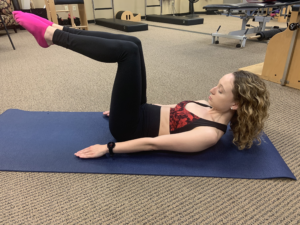
an abdominal curl up with poor pressure management. Notice how her rib cage and belly are expanding outward with her exhale instead of drawing in toward her spine?
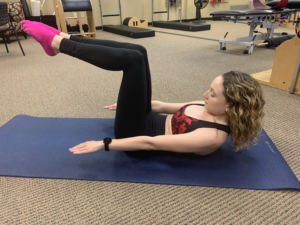
an abdominal curl up with optimal pressure management. Notice how as she exhales her belly draws in, allowing her to engage her deep core and pelvic floor without overwhelming them.
-Focus on alignment: an ideal breath happens when your rib cage is in alignment with your hips and your pelvis is sitting in a relatively neutral alignment. Many of us, most especially postpartum women, tend to flare our rib cages upward and tuck our bums under making it difficult to take a strong diaphragmatic breath and altering forces in the pelvic floor.
Pelvic Floor Posture Check:
Take inventory of your standing posture and breathe.
- Are you tucking your butt under and clenching?
- Can you see your ribs flaring upward (hint: it may look like you’re arching your back or your ta-ta’s are angling up, instead of straight forward.)
- See if you can untuck your pelvis and keep your ribs over your hips.


-Talk to a Pelvic Floor PT: Remember your pelvic floor is part of your core. Pelvic floor dysfunction can look like many things-back pain, incontinence, GI issues. All of which may be impacting your daily life. Pelvic floor therapists specialize in optimizing and correcting this crucial relationship of the diaphragm and pelvic floor. In pelvic floor therapy, we will retrain your breathing, posture, and then combine it all into functional activities so you can live without the stress and worry of pelvic floor dysfunction.
Works Cited:
Weibe, J. (Director). (n.d.). The Diaphragm and Our Internal Pressure System [Video file]. Retrieved from Julie Weibe balloon: https://www.youtube.com/watch?v=cW9mwfy-6-I&t=198s


